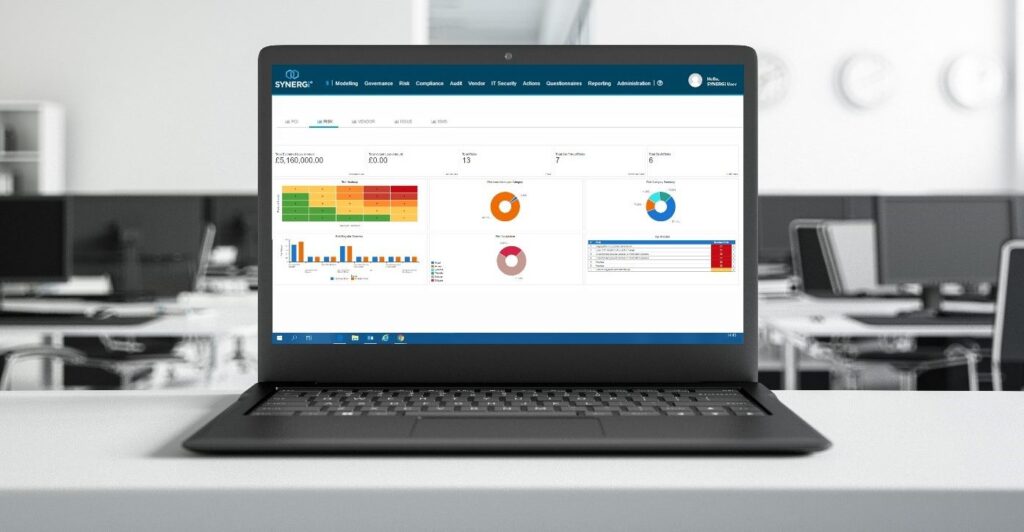The Infrastructure Management of an organization is a complex and ever-changing task. As the company’s size and scope increase, so does the need for advanced security technology. Enterprises increasingly rely on human resources as their key talent to drive efficiency and grow business. The challenges of managing large organizations with a variety of functions require strong analytical skills, creative problem-solving, digital access to multiple data sources, and a high degree of flexibility in resource allocation and execution. Efforts to secure sensitive information are on the rise due to various factors including both cyberattacks and increasing pressure from financial institutions for transparency about employee perks. Organizations that can efficiently manage sensitive data so as not to compromise it or interfere with government investigations remain competitive in today’s marketplace.
What Is the Management Of An organization Like?
In a word, YES. A large organization with a security team that is well-suited to the task is highly likely to achieve significant digital transformation over time. Those organizations that manage to do so will experience significant growth and profitability. For large organizations with sensitive data, the management of the data is one of the most important roles (along with the leadership) in the security team. In some cases, the security team leader may not even be responsible for the data. For example, an organization may have 100 employees who handle all data security concerns. The security team leader temporarily stands out as the “ Joker” in a series of rogues’ Gallery. One employee may be allowed to handle sensitive data, while another is responsible for maintaining the face of the successful adversarial “face.” Both managers and employees have security needs, and each has unique skills and vulnerabilities. The Infrastructure Management of sensitive information requires proper Use of Computer networks (UCN) management. This requires understanding the security posture of the organization and the data it holds. It also includes a top-down review of policies and procedures that ensures those in place are applicable and effective.

Managing an Organization’s Sensitive Data
The management of sensitive data is challenging in the face of increasing cyber threats, changing consumer behavior, and advancing technologies. The following are some key things to keep in mind as you manage an organization’s sensitive data: Make sure data is secure. Data collected and held should be secure. The best data is stored securely with physical and digital items protected with digital certificates and passwords. Develop a data security plan. A data security plan is an essential understanding of data security. It explains what controls will help protect data and what does not. It also explains any risks from weaknesses that could lead to sensitive data exposure. Provide regular updates on data security. Ensure the data is updated on a regular basis. This may be every two weeks, every two months, or every six months.
Types of Managed Information
There are many types of managed information. A good starting point is to survey the large number of organizations you work with to identify what types of data you are likely to encounter. You could also look at the public information available on various data collection websites to learn about what other organizations are doing. One identifier of interest is the information security posture of the organization. This is the level of awareness and awareness of data security issues among key personnel within an organization. Good data security is achieved by an organization when there is awareness among all key personnel that data security is a top priority, and they have a plan for achieving it. Another important indicator of data security is the level of collaboration among staff. This is perhaps the single most important indicator of business success. If employees are not working together on data security issues, then there is a high chance that no data will be exposed.
Strategies for Managed Information Security in an organization
Managing sensitive data requires strategic planning and strong team-building skills. The following skills will make you a more effective leader in the data security industry: Effective communication with data engineers. Effective communication with data scientists will make your organization much more attractive to investors and manufacturers who are looking for data-driven, data-driven leaders. Effective collaboration Infrastructure Management among team members. Improving data sharing. Improving data communication. Effective cyber hygiene. Having strong cyber hygiene policies in place will reduce the risk of cyber-attacks and catastrophic failure. Data security is a daily fight. If you are not taking care of it, it will grow exponentially more difficult. Effective data storage and management. Data storage and management are critical for organizations that want to apply data security practices to their daily lives. Data storage should be mobile-first. It should be secure. It should be accessible from almost any device. All data should be accessible in a clear, consistent, and consistent format. Data security is a daily fight. If you are not taking care of it, it will grow exponentially more difficult.

Efforts to secure sensitive information Infrastructure Management are on the rise due to various factors including both cyberattacks and increasing pressure from financial institutions for transparency about employee perks. Organizations that can efficiently manage sensitive data so as not to compromise it or interfere with government investigations remain competitive in today’s marketplace. The management of an organization is a complex and ever-changing task. As the company’s size and scope increase, so does the need for advanced security technology. Enterprises increasingly rely on human resources as their key talent to drive efficiency and grow business. The challenges of managing large organizations with a variety of functions require strong analytical skills, creative problem-solving, digital access to multiple data sources, and a high degree of flexibility in resource allocation and execution.